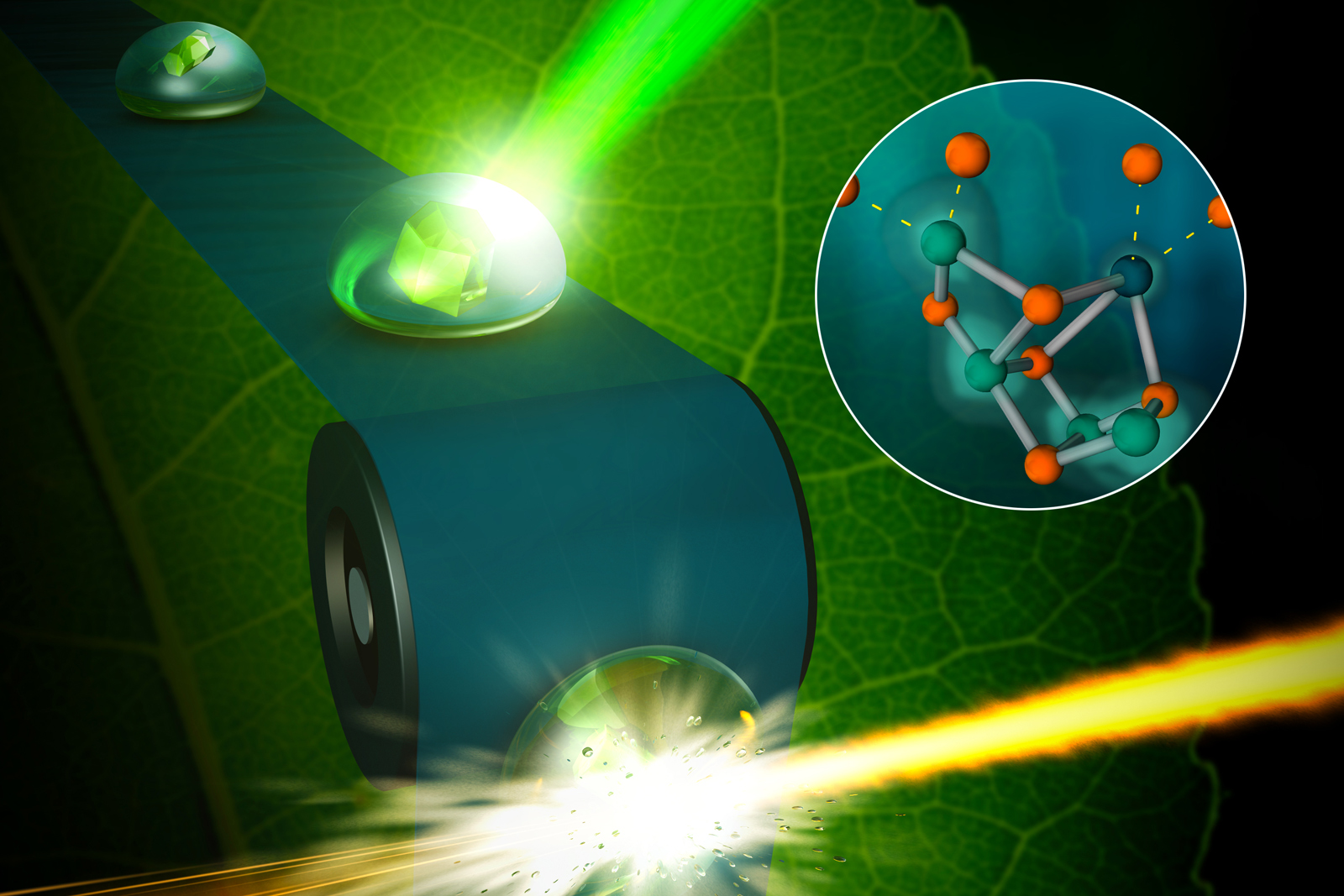
Particle accelerators range in size from massive to compact, but researchers from Stanford University and the SLAC National Accelerator Laboratory have created one that's downright miniscule. What you see above is a specially patterned glass chip that's smaller than a grain of rice, but unlike a broken Coke bottle, it's capable of accelerating electrons at a rate that's roughly 10 times greater than the SLAC linear accelerator. Taken to its full potential, researchers envision the ability to match the accelerating power of the 2-mile long SLAC linear accelerator with a system that spans just 100 feet.
For a rough understanding of how this chip works, imagine electrons that are brought up to near-light speed and then concentrated into a tiny channel within the glass chip that measures just a half-micron tall. From there, infrared laser light interacts with patterned, nanoscale ridges within the channel to create an electrical field that boosts the energy of the electrons.
In the initial demonstration, researchers were able to create an energy increase of 300 million electronvolts per meter, but their ultimate goal is to more than triple that. Curiously enough, these numbers aren't even that crazy. For example, researchers at the University of Texas at Austin were able to accelerate electrons to 2 billion electronvolts over an inch with a technique known as laser-plasma acceleration, which involves firing a laser into a puff of gas. Even if Stanford's chip-based approach doesn't carry the same shock and awe, it seems the researchers are banking on its ability to scale over greater distances. Now if we can just talk them into strapping those lasers onto a few sharks, we'll really be in business.
Filed under: Science
Comments
 Humanity has known about the life-giving photosynthesis process for a long time, but studying it in real-world conditions has often been impractical. You've typically had to freeze samples to get a good look, which isn't exactly natural. However, t...
Humanity has known about the life-giving photosynthesis process for a long time, but studying it in real-world conditions has often been impractical. You've typically had to freeze samples to get a good look, which isn't exactly natural. However, t...
 Humanity has known about the life-giving photosynthesis process for a long time, but studying it in real-world conditions has often been impractical. You've typically had to freeze samples to get a good look, which isn't exactly natural. However, t...
Humanity has known about the life-giving photosynthesis process for a long time, but studying it in real-world conditions has often been impractical. You've typically had to freeze samples to get a good look, which isn't exactly natural. However, t...
 If you know a bit about quantum physics, you've likely heard of the Schrödinger's Cat concept used to explain superpositions: a cat in a box with a poison flask is at once alive and dead until you look inside. Researchers have produced this odd...
If you know a bit about quantum physics, you've likely heard of the Schrödinger's Cat concept used to explain superpositions: a cat in a box with a poison flask is at once alive and dead until you look inside. Researchers have produced this odd...
 If you think that Stanford's use of an super-bright X-ray laser to study the atom-level world is impressive, you're in for a treat. The school and its partners have started work on an upgrade, LCLS-II (Linac Coherent Light Source II), whose second la...
If you think that Stanford's use of an super-bright X-ray laser to study the atom-level world is impressive, you're in for a treat. The school and its partners have started work on an upgrade, LCLS-II (Linac Coherent Light Source II), whose second la...

